Simao Herdade
Modality-Agnostic Attention Fusion for visual search with text feedback
Jun 30, 2020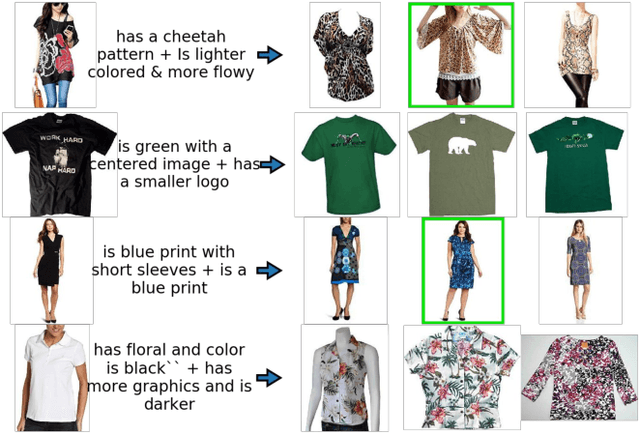
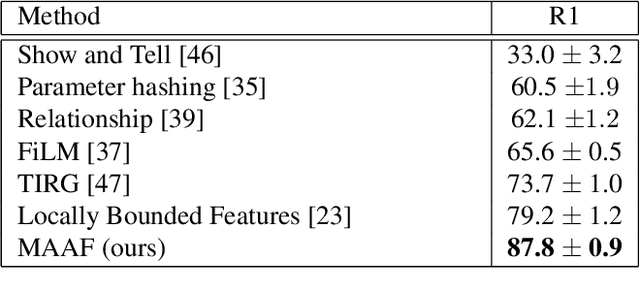


Abstract:Image retrieval with natural language feedback offers the promise of catalog search based on fine-grained visual features that go beyond objects and binary attributes, facilitating real-world applications such as e-commerce. Our Modality-Agnostic Attention Fusion (MAAF) model combines image and text features and outperforms existing approaches on two visual search with modifying phrase datasets, Fashion IQ and CSS, and performs competitively on a dataset with only single-word modifications, Fashion200k. We also introduce two new challenging benchmarks adapted from Birds-to-Words and Spot-the-Diff, which provide new settings with rich language inputs, and we show that our approach without modification outperforms strong baselines. To better understand our model, we conduct detailed ablations on Fashion IQ and provide visualizations of the surprising phenomenon of words avoiding "attending" to the image region they refer to.
Image Captioning: Transforming Objects into Words
Jun 14, 2019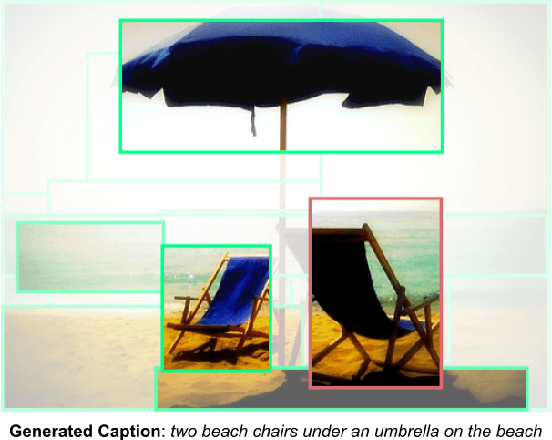
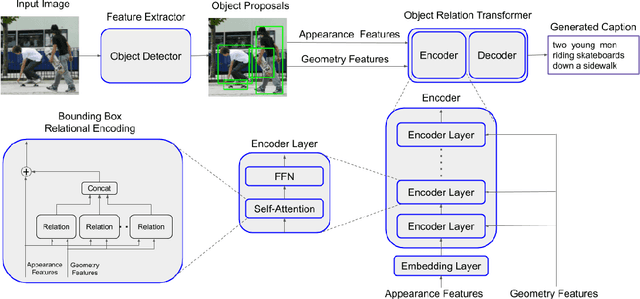
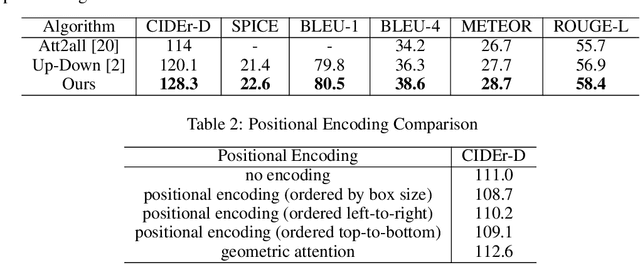

Abstract:Image captioning models typically follow an encoder-decoder architecture which uses abstract image feature vectors as input to the encoder. One of the most successful algorithms uses feature vectors extracted from the region proposals obtained from an object detector. In this work we introduce the Object Relation Transformer, that builds upon this approach by explicitly incorporating information about the spatial relationship between input detected objects through geometric attention. Quantitative and qualitative results demonstrate the importance of such geometric attention for image captioning, leading to improvements on all common captioning metrics on the MS-COCO dataset.
Learning Embeddings for Product Visual Search with Triplet Loss and Online Sampling
Oct 10, 2018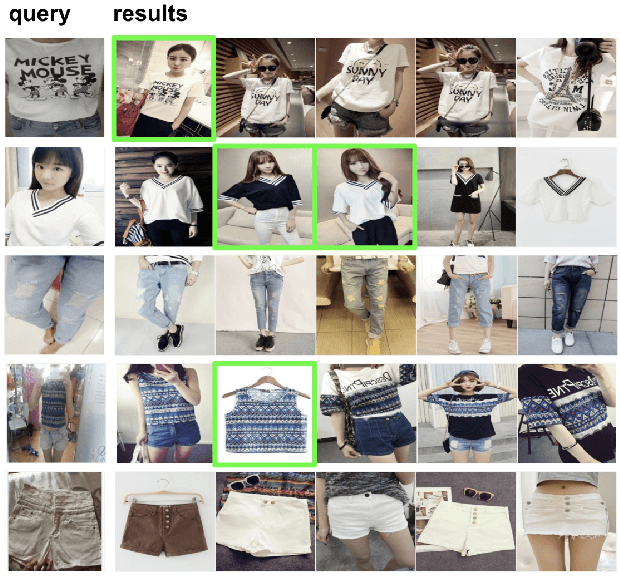
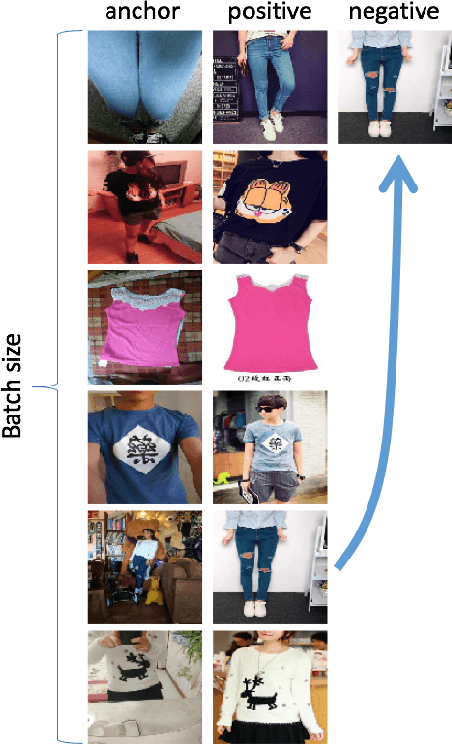
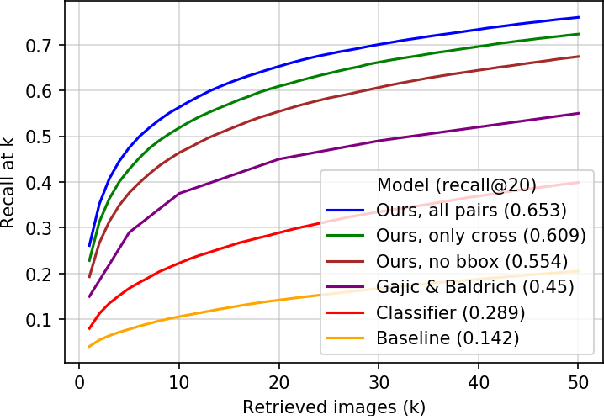
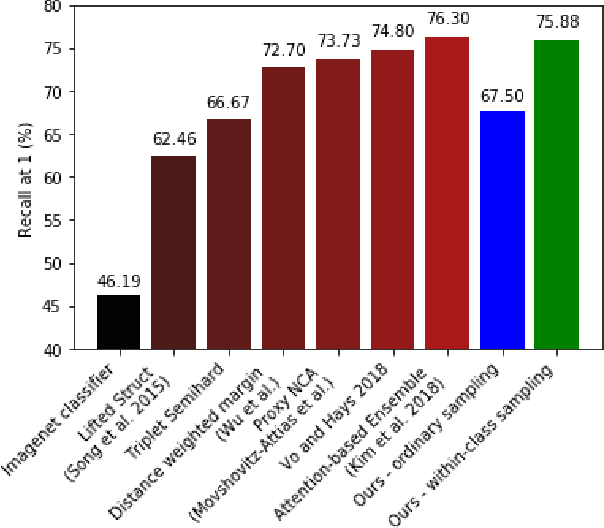
Abstract:In this paper, we propose learning an embedding function for content-based image retrieval within the e-commerce domain using the triplet loss and an online sampling method that constructs triplets from within a minibatch. We compare our method to several strong baselines as well as recent works on the DeepFashion and Stanford Online Product datasets. Our approach significantly outperforms the state-of-the-art on the DeepFashion dataset. With a modification to favor sampling minibatches from a single product category, the same approach demonstrates competitive results when compared to the state-of-the-art for the Stanford Online Products dataset.
 Add to Chrome
Add to Chrome Add to Firefox
Add to Firefox Add to Edge
Add to Edge